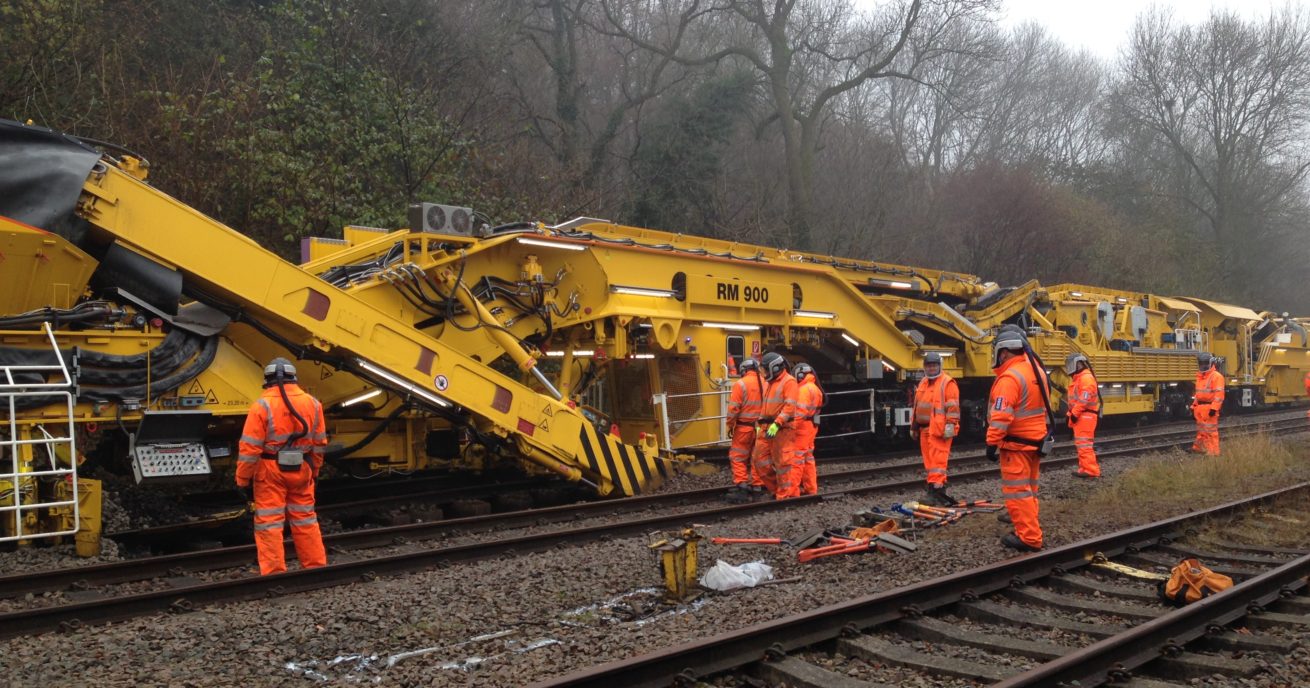
“This technology is not only an innovation for the rail industry but weed control globally, so we’re delighted to be involved in this collaboration with key members of the rail industry.” This investment from Bayer into the collaboration will bring a new level of scientific expertise and knowledge to the rail industry and will help to drive forward weed control and safety for future years.” The hi-tech is hidden on a hi-tech train (GBRf)Ĭommenting on how the partnership will increase the safety of the railways, Alan Morris, Bayer environmental science UK country head said weeds can cause contamination of valuable equipment and lead to a range of health and safety issues for both workers and passengers. “Aiming for a safer rail industry for all should be a priority. “The higher efficiency of the three new trains combined with the modern technology and asset life will provide a more efficient weed control program for years to come”, said Mark Wyborn, head of strategic development at GB Railfreight. The Brits are going for a less-wooly approach. In Belgium, managers even tried a flock of sheep, to eat their way though the overgrowth. Lots of approaches have been used all over the railways. Preloaded data will even disable the system as the the train approaches a ‘non-treatment zone’, such as a watercourse or bridge. The data generated will be uploaded to a cloud database using GPS software, which will enable weed control to be monitored and reported round the clock from a central point. The smart imaging detects the delinquent vegetation, and even smarter dispensers squirt the most appropriate herbicide as accurately as possible, improving the environmental footprint. The hi-tech approach being delayed on the GBRf trains will detect weeds, including Buddleia, using train mounted cameras. Unchecked, vegetation soon takes over the railway (Network Rail)

Unchecked, it can cause serious deterioration and damage. It has well adapted to the railways, where it enjoys stoney surfaces, such as railway ballast and buildings. The plant is native to warmer climates in Africa, Asia and the Americas, but it thrives vigorously in temperate climates. Buddleia enemy number oneįamiliar to everyone who uses the rail network, the often purple-flowered plant was introduced to Europe, and the UK in particular, by Victorian plant hunters. With ever more stringent curbs on the use of chemical weed killers, some engineers have said they feel they are doing little more than “watering the plants” when they take to the network, and battle their number one enemy: Buddleia. Modern weed treatment is a more surgical approach with specialised machinery (Network Rail) Long gone are the days of spray, spray and spray some more. Using a far more surgical approach, the trains will have the capability to eliminate potentially dangerous weed infestations with far greater precision than the traditional weed killing and leaf removal trains. Providing rail operations expertise, GB Railfreight will be the driving force behind three new Smart Weed System trains, which will commence service on the British railway network later this spring.


With tighter and tighter rules applied by regulators like the government’s Environment Agency, there is a legal requirement to reduce the compounds that can be used, the quantities that can be applied, and to avoid collateral damage to the environment. carried by the wake of trains, the invasive species is everywhere on the network, growing out of switchgear, trackbeds and, most alarmingly, infrastructure buildings and bridges. For other things, read the pandemic in purple that’s also known as Buddleia. The railways are by far the most environmentally friendly way to move goods and people about, but they often move other things around as well.


 0 kommentar(er)
0 kommentar(er)
